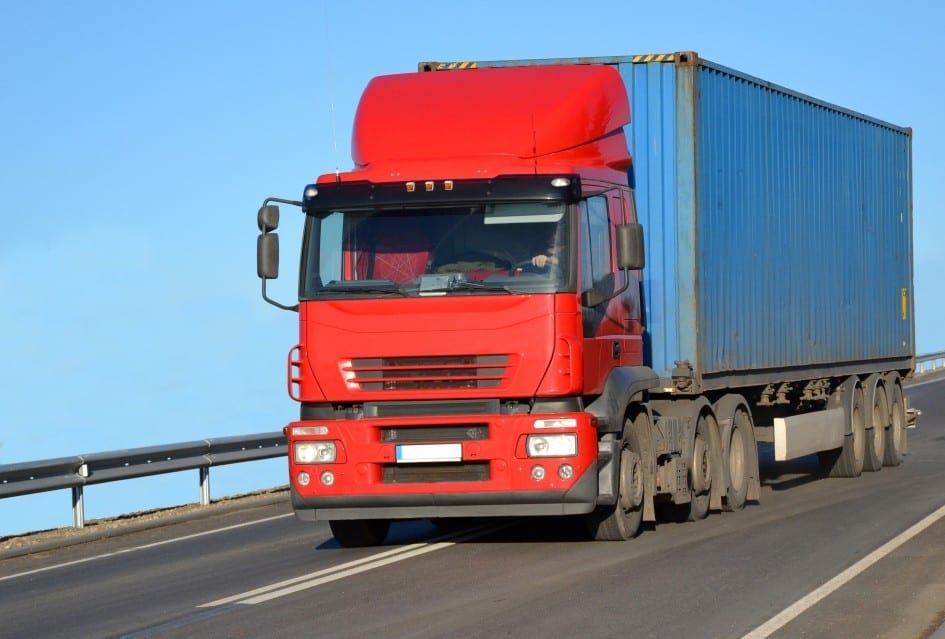There are any number of reasons why you might be thinking about using self-storage: you might have sold your home and be moving temporarily into furnished rented accommodation, you may run a small business and have spare stock or seasonal stock that is taking up valuable office or retail space, you may be building your dream home and living in a mobile one in the meantime. Whatever the reason it is worth understanding some of the basics of self-storage so you can make the right decision on what type is best for you or your business. Self-storage is, in it’s simplest form, just renting some space and moving your possessions in, then having easy access to take them all, or some of them, out as needed.
But just what are the main types of space available?
Shipping Containers
These can be anything from 3m long to 12 m long and are generally stored in a secure external area. Because they are designed for transporting goods by sea, they are water tight but are also ventilated to minimise condensation. The advantage is that you can drive a car or van directly up to the doors making unloading and loading easier.
Storage Rooms
These are usually in large warehouses that have been sub-divided into a variety of shapes and sizes of room. For this reason they may not be on the ground floor so, even if there is a lift, access may not be easy. Their advantage is that you only have to pay for the space you need and because they are inside are less susceptible to changes in the weather that can cause condensation.
Mobile Storage Units
A mobile storage container can be delivered to your door, you can then pack it at your leisure and the self-storage company will then take it away for secure storage. The advantage is that you don’t have to transport your belongings to the storage site although access may be slightly less convenient.

Recent Comments